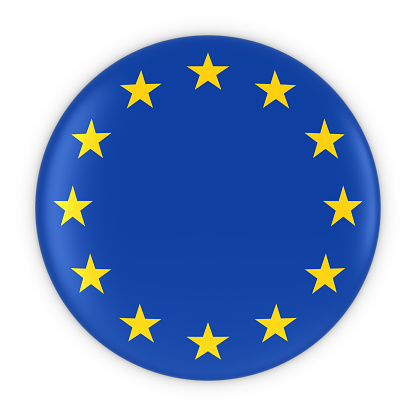Apple Becomes a Green Energy Supplier, With Itself as Customer
The words are stenciled on the front of the Apple Store, a glass box sandwiched between a nondescript Thai restaurant and a CVS pharmacy in downtown Palo Alto: “This store runs on 100 percent renewable energy.”
If Apple’s plans play out, it will be able to make that claim not only for its operations throughout California but also beyond, as the company aims to meet its growing needs for electricity with green sources like solar, wind and hydroelectric power.
Like other big companies before it, including Walmart and Google, Apple recently received a federal designation for its energy subsidiary that allows it to become a wholesale seller of electricity from coast to coast. In effect, Apple is creating its own green utility company, although the main customer is itself.
The motives may be economic as much as they are environmental. As a wholesaler, Apple could reduce the cost of its electricity load, which reached 831 million kilowatt-hours in the last fiscal year — enough to power about 76,000 homes for a year. But like a growing number of corporations, Apple is intent on reducing carbon dioxide emissions from electricity production — one of the biggest sources of greenhouse gases that contribute to global warming.
In one ambitious venture, Apple has contracted with First Solar to begin buying a little less than half of the power later this year from California Flats, a solar energy farm now under construction. Under the terms of the deal, Apple will pay $848 million for the electricity over 25 years and receive the farm’s total output by the end of the agreement. It is one of largest commercial clean energy contracts yet.
Lisa Jackson, the former administrator of the Environmental Protection Agency who is now the Apple executive overseeing environmental policy, social initiatives and worldwide government affairs, said she hoped Apple could serve as a model for the many other big corporate power users that are now embracing clean energy.
“This is just another sort of innovative way to get that power onto the grid so we don’t have to take the California grid-mix default, which still includes fossil fuel,” Ms. Jackson said.
Although much of Apple’s manufacturing is done offshore, it still has extensive needs for electric power in the United States — and not only for the sprawling new corporate campus it is building at its headquarters in Cupertino, Calif., and its 270 retail stores around the country.
One of Apple’s biggest demands for electricity comes from operating the computing cloud through which it sells apps, music and videos to users of its iPhones, iPads and Mac computers.
Apple’s move comes as prices for renewable energy continue to plummet. And signing long-term contracts allows businesses to shield themselves from potentially higher, more volatile charges from a power company. Apple would not say how much it was paying for California Flats’s energy, but Ms. Jackson said last year at a Wall Street Journal conference that it was less than what it paid for commercial power. She said she expected the company to save hundreds of millions of dollars over the life of the contract.
Google, which received its federal energy wholesale designation from the Federal Energy Regulatory Commission in 2010, is a big proponent of the approach Apple is now taking.
“Running any kind of business, having predictability in terms of your operating costs can be very important,” said Gary Demasi, director of operations for data center energy and location strategy at Google, which has been a leading investor in and user of clean energy. “Renewable energy, from a cost perspective, is now competitive with other forms of energy, much more so than it was a few years ago.”
In the United States, the generating capacity of corporate clean energy projects has more than doubled each year since 2013, according to the Business Renewables Center at the Rocky Mountain Institute, which tracks publicly announced deals. In 2015, 11 companies signed up for 3.23 gigawatts’ worth of projects, roughly the equivalent of five coal plants and up from 1.18 gigawatts the year before.
Executives face greater pressure from shareholders and customers to show that they are doing their part to fight climate change. At the same time, corporate energy use has exploded, driven in many cases by the ravenous demands of the data cloud.
“We are all becoming very large energy players, and this is a shift,” said Brian Janous, director of energy strategy at Microsoft. “Energy is not something that Microsoft or Amazon or Google really ever had to think much about prior to the advent of the cloud.”
Fonte: The New York Times



